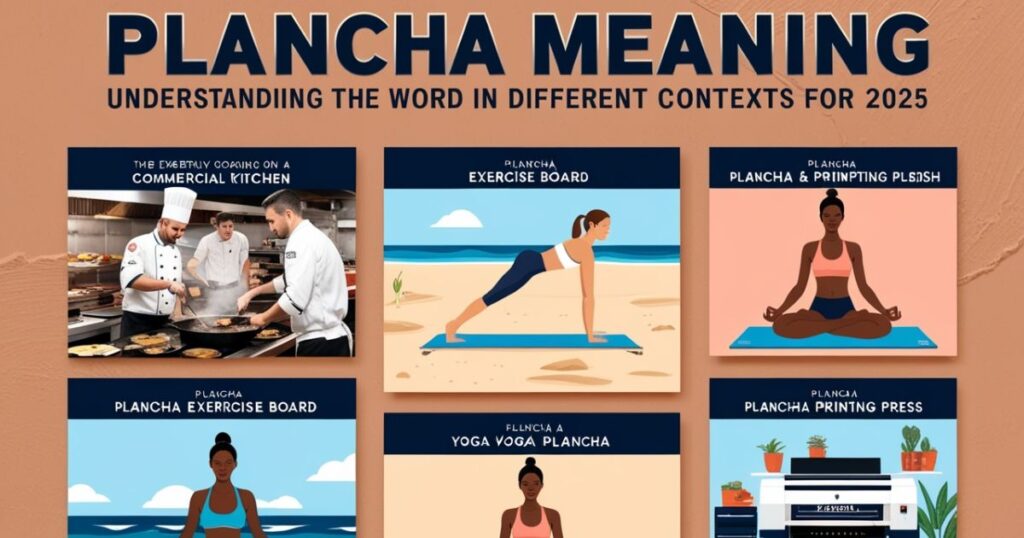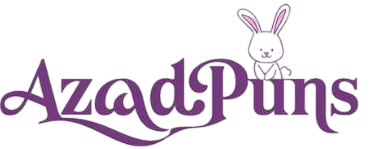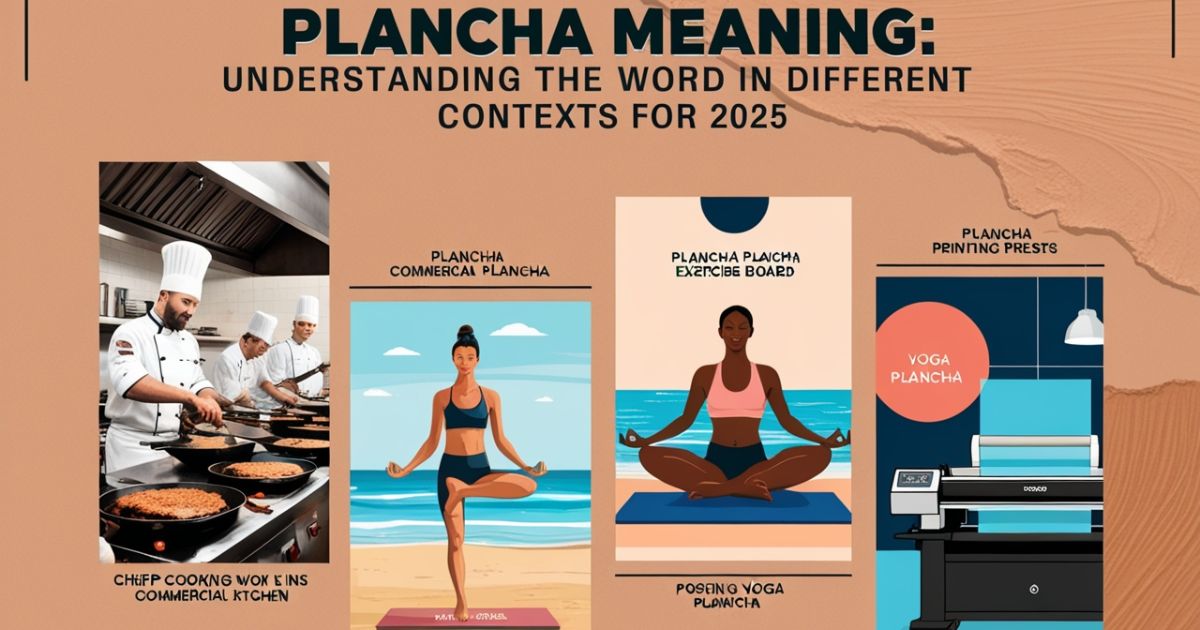When examining the intricate nature of multilingual communication, certain terms emerge that appear deceptively simple yet possess remarkable depth of meaning. The word “plancha” represents one such linguistic gem that demands careful exploration.
Initially, “plancha” may appear uncomplicated, but it encompasses multiple layers of interpretation that vary significantly based on contextual application, cultural background, and specific usage patterns.
This comprehensive analysis examines the multifaceted meaning of “plancha,” exploring its significance across diverse environments and providing guidance on expressing or comprehending its essence in both professional and informal communication settings.
We shall examine practical examples, tonal considerations, and optimal alternatives for various situations to enhance your communication effectiveness, politeness, and confidence.
What Does “Plancha” Mean?
In its most fundamental interpretation, “plancha” originates from Spanish vocabulary, denoting “iron”—specifically referring to the household appliance utilized for pressing and eliminating wrinkles from garments.
Nevertheless, this term extends far beyond domestic applications. “Plancha” finds usage across numerous contexts, with its meaning adapting according to cultural frameworks, industry applications, and colloquial expressions.
The following breakdown illustrates its primary applications:
Traditional definition: A flat metallic surface employed for garment pressing and wrinkle removal.
Culinary application: A cooking methodology utilizing flat grilling surfaces, commonly described as “a la plancha.”
Fitness and athletic contexts: Within exercise instruction, particularly in Spanish-language fitness programs, “plancha” refers to plank exercises that develop core muscular strength.
Conversational usage: In specific regions, “hacer la plancha” describes effortless floating in water or lying supine in a relaxed position.
Recognizing these nuanced variations proves essential for maintaining appropriate communication standards across different contextual frameworks.
Why Is It Important to Understand the Nuance of “Plancha”?

Language undergoes continuous evolution alongside cultural development. Terms that convey specific meanings in one geographical region may possess subtly different interpretations elsewhere. “Plancha” exemplifies how seemingly straightforward terminology can encompass:
Literal interpretations (iron, grill, flat surface)
Idiomatic expressions (relaxation, floating)
Professional terminology (cooking methodology, fitness technique)
Understanding these distinctions prevents miscommunication, enhances linguistic competency, and ensures your conversations maintain natural flow and sophistication.
Different Contexts Where “Plancha” is Used
Let us examine specific environmental applications:
1. Household
When individuals reference “la plancha,” they typically indicate the iron used for clothing maintenance and wrinkle elimination.
Example: “I must utilize the plancha before attending the conference.”
2. Culinary World
In gastronomic terminology, “a la plancha” describes a cooking technique where ingredients (particularly seafood or meat) undergo grilling on extremely hot, flat surfaces with minimal oil application, thereby preserving natural flavors.
Example: “We prepared prawns a la plancha accompanied by herb-infused olive oil.”
3. Exercise and Fitness
“Plancha” within fitness contexts, especially in Spanish-speaking fitness communities, designates plank exercises that strengthen core musculature.
Example: “Maintain a plancha position for ninety seconds to enhance muscular endurance.”
4. Informal Conversations
In Argentine culture and certain Latin American regions, “hacer la plancha” signifies relaxation or effortless floating in water, resembling a flat board.
Example: “Following our swim, I simply performed la plancha beneath the afternoon sun.”
How Tone Affects the Meaning of “Plancha”
Depending upon delivery method and contextual placement, “plancha” can convey:
Professional applications (culinary, fitness, household management)
Casual applications (colloquial expressions for relaxation or floating)
Regional applications (local expressions or cultural references)
Tonal consideration remains crucial because it establishes the interpretive framework for your audience. In business discussions regarding restaurant operations, referencing cooking “a la plancha” demonstrates precision and professionalism. Conversely, during leisure activities with companions, mentioning you “did la plancha” while floating in water creates an enjoyable, relaxed atmosphere.
Alternatives to the Word “Plancha”
Occasionally, you may prefer alternative terminology depending upon your desired level of formality, casualness, or creative expression. Here are eleven refined alternatives:
1. Flat Iron
Use: Formal, household contexts
Example: “I require the flat iron to prepare my professional attire.”
This maintains professionalism, particularly within service industries such as hospitality or garment care.
2. Griddle
Use: Culinary, professional environments
Example: “We prepared the salmon on the griddle to enhance flavor retention.”
Ideal for menu descriptions, culinary instruction, and recipe documentation.
3. Plank Pose
Use: Fitness and wellness contexts
Example: “Maintain your plank pose for forty-five seconds to strengthen abdominal muscles.”
Standard terminology in yoga and fitness instruction.
4. Floating
Use: Casual, recreational conversation
Example: “I dedicated considerable time simply floating in the ocean.”
Relaxed and natural replacement for “hacer la plancha.”
5. Relaxing Flat
Use: Informal, friendly dialogue
Example: “After swimming, I remained relaxing flat on my back.”
Maintains casual yet clear communication.
6. Iron Plate Cooking
Use: Formal culinary description
Example: “The beef underwent preparation using iron plate cooking methodologies.”
Excellent for culinary publications, food journalism, and professional menus.
7. Flat Surface
Use: Household maintenance or industrial applications
Example: “Ensure fabric placement on a flat surface before iron application.”
Appropriate for instructional materials and technical documentation.
8. Pressed to Perfection
Use: Marketing, promotional content
Example: “Our garments receive pressing to perfection through advanced ironing techniques.”
Sophisticated, promotional alternative.
9. On the Grill
Use: Cooking, informal settings
Example: “We placed the vegetables directly on the grill.”
Straightforward, familiar to general audiences.
10. Core Plank
Use: Fitness training programs
Example: “Begin with a core plank to activate stabilizing muscles before resistance training.”
Professional and specific terminology.
11. Sunbathing Flat
Use: Casual vacation discourse
Example: “We spent time sunbathing flat on the sandy shore.”
Captures the essence of relaxation in recreational settings.
Choosing the Best Alternative Based on Situation

When selecting a substitute for “plancha,” consider these factors:
Audience identification (formal or informal)
Contextual framework (cooking, fitness, relaxation, household management)
Desired tone (professional, casual, humorous)
Reference guide for optimal selection:
Cooking professionally: Griddle, Iron Plate Cooking
Home ironing: Flat Iron, Pressed to Perfection
Exercising: Plank Pose, Core Plank
Relaxing at recreational locations: Floating, Sunbathing Flat
Complete memorization remains unnecessary, but familiarity with appropriate alternatives enhances conversational quality and ensures communication appears tailored and effective.
Common Mistakes to Avoid
When utilizing or replacing “plancha,” avoid these common errors:
Direct translations producing awkward phrasing. For instance, saying “iron” when referencing the cooking method may confuse listeners.
Excessive formality in casual environments. Using “iron plate cooking” during informal gatherings feels unnatural.
Inappropriate tonal matching. Appearing overly rigid during friendly conversations or excessively casual in business contexts creates uncomfortable situations.
The objective involves matching tone to situation, ensuring your communication consistently achieves appropriate impact.
Final Thoughts
Plancha represents terminology abundant with meaning extending well beyond basic dictionary definitions. From culinary applications to fitness instruction to recreational activities, its applications span comprehensive daily life experiences.
Mastering appropriate usage timing—or selecting from numerous elegant alternatives—can enhance your fluency, refine your communication style, and improve connections in both formal and informal environments.
Understanding such linguistic nuances demonstrates truly accomplished communication skills.

Hello, I’m Daisy Sadie, a writer at Azaadpuns. I explore the dynamic world of puns and wordplay, delivering captivating linguistic twists that will make you laugh and groan. Join me on Azaadpuns.com for the latest in clever wordplay that makes language fun again.

